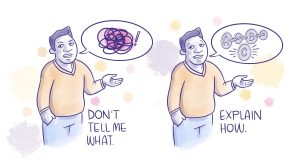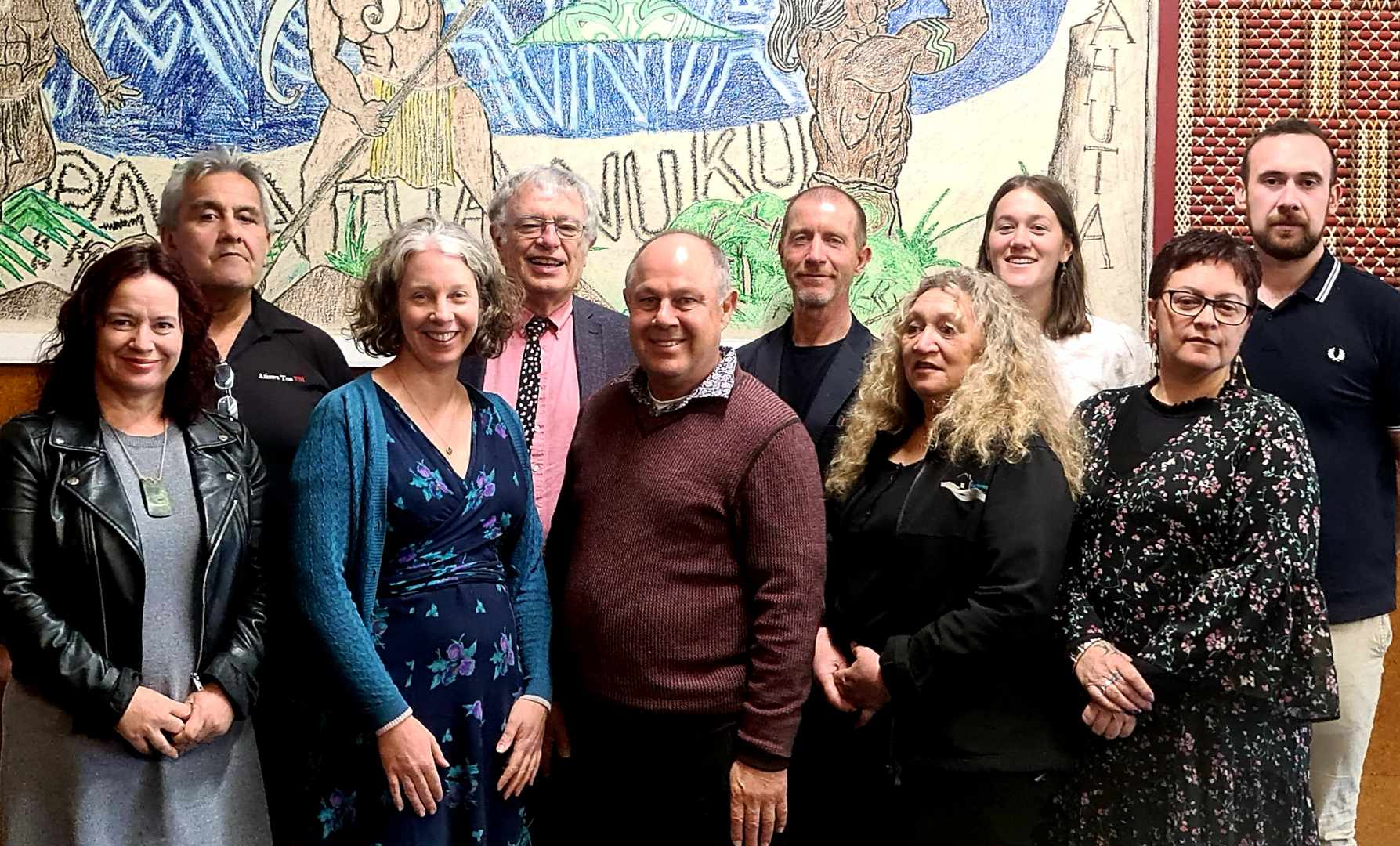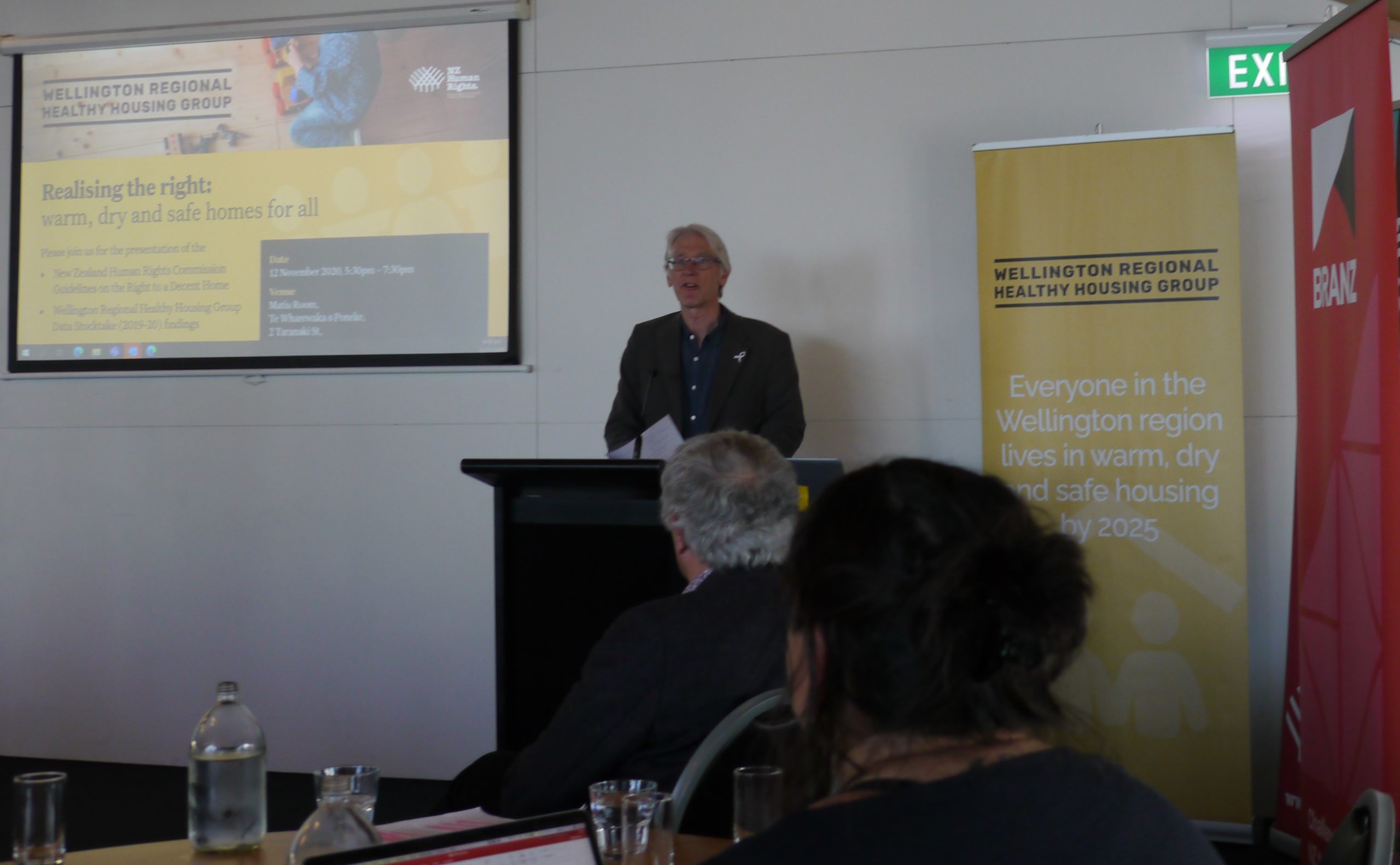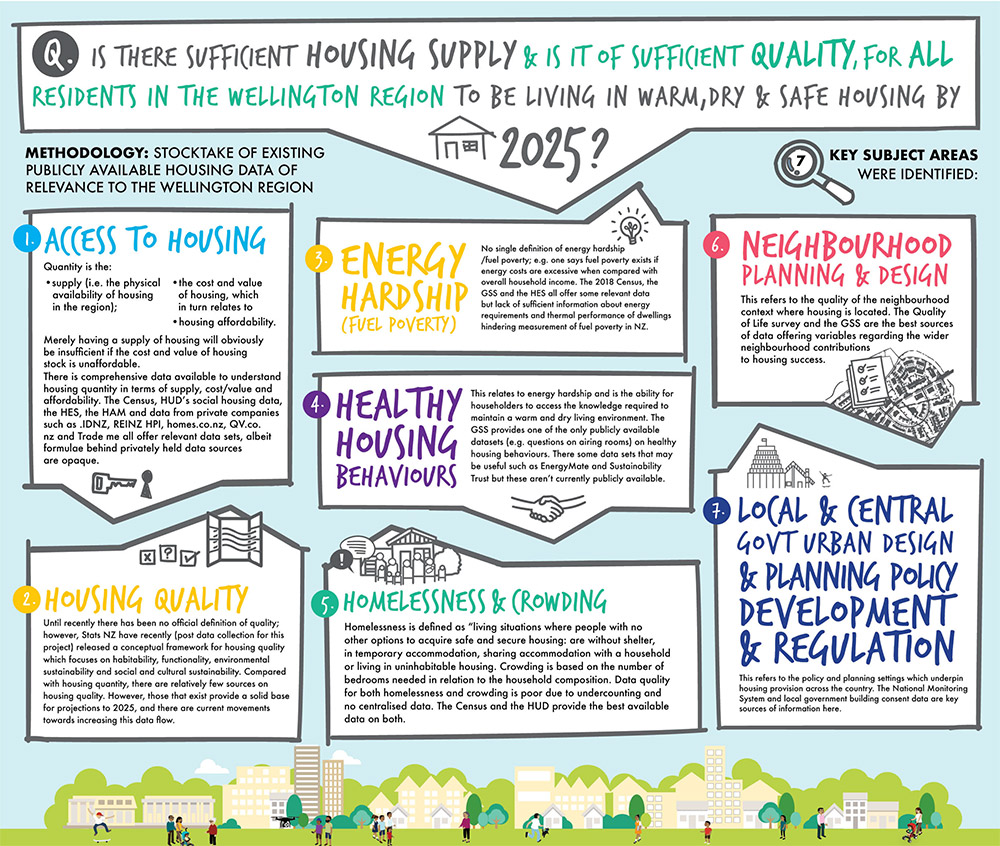
This is the question raised by our research findings. As a part of the ongoing Healthy Homes Communication Action Research Project*, WRHHG commissioned research to understand more about how (un)healthy housing is talked about by politicians. The research analysed the Hansard record of discussions in parliament from Aug 2022 – Aug 2023.
Findings of the Political Discourse Analysis were particularly interesting when compared with the findings of our earlier Public Narratives Survey:
- While the idea that healthy housing is a public good came through strongly in public narratives, it was less common in political discourse, and talk frequently shifted by some politicians to a focus on the narrative of public good being provided by landlords renting out houses.
- There was a lack of definition or discussion of what ‘healthy housing’ means in the political discourse, other than repetition of ‘warm and dry’- which is language from legislation. This contrasted with the multi-dimensional and specific ways that homes’ impact on health was talked about in the public narratives survey.
- Explanations of unhealthy homes that focus on individual action (eg. opening windows) were frequent in both in Hansard and public narrative findings and systemic explanations (eg. poor building code) were rarer, especially in political discourse. For our communications work this highlights the opportunity for better explanations to deepen understanding of systemic causes of – and solutions for – the problem
- Legislating or regulating for health is described as being in competition with housing supply in political discourse. This sits alongside a fatalistic narrative in public discourse – that cold, damp homes are ‘normal’. It highlights the importance of talking about the solutions already proven in New Zealand and other places to shift to a healthier ‘normal’.
A full report on the Political Discourse Analysis findings can be downloaded here. Results from this research inform communications material developed under the Healthy Homes Communication Action Research programme.
*The Healthy Homes Communication Action Research Project, including this research, is made possible through funding from the BRANZ Building Research Levy and Todd Foundation and the in-kind contributions of WRHHG network organisations.





